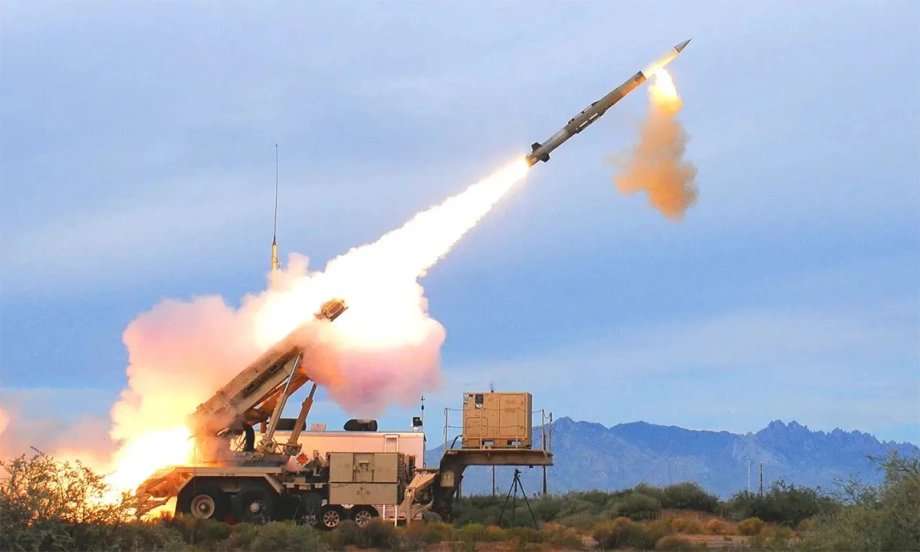In a significant move that could reshape the global naval balance, the United States is reportedly planning to integrate **Patriot missile systems** with its **Aegis-equipped warships**. This groundbreaking decision reflects Washington’s determination to strengthen its maritime defense architecture and enhance its response capabilities against evolving aerial threats. By merging the capabilities of two of the most advanced missile defense systems in the world—the **Aegis Combat System** and the **Patriot surface-to-air missile system**—the US is taking a bold step toward creating a more flexible and formidable defense grid, especially in high-risk regions like the Indo-Pacific and the Middle East.
### Understanding the Aegis Combat System
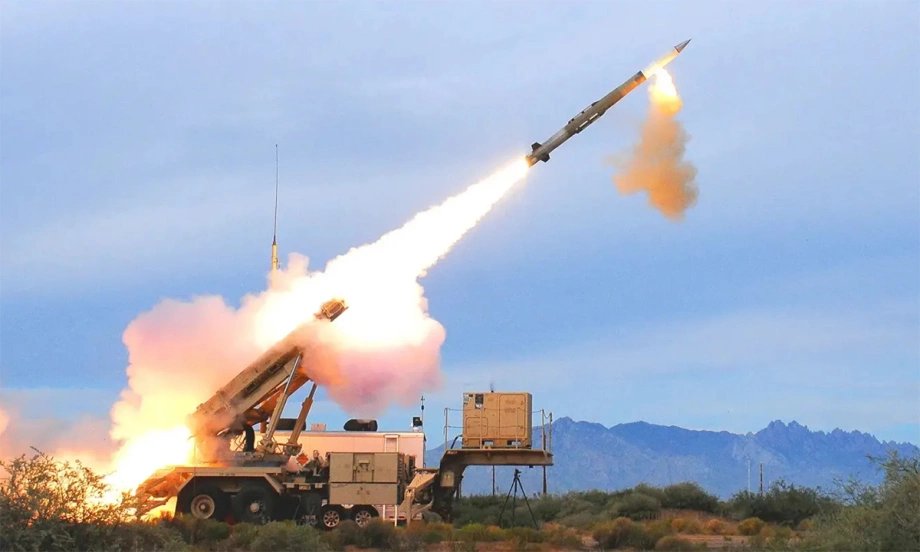
The **Aegis Combat System** has been a cornerstone of US naval operations for decades. Developed by Lockheed Martin, Aegis is an integrated naval weapons system that uses powerful radar to detect and track targets over vast distances. It can engage multiple threats simultaneously, including enemy aircraft, ballistic missiles, and cruise missiles. Deployed on destroyers and cruisers, Aegis enables real-time combat operations with the help of **SPY-1 radar** and **Standard Missile (SM) interceptors**, especially the highly regarded **SM-2, SM-3, and SM-6 missiles**.
Over the years, Aegis has been constantly upgraded to adapt to changing threats, particularly from nations like North Korea, China, and Iran. However, Aegis has had limitations in targeting low-flying or stealth threats, which is where the **Patriot system** excels. The combination of Aegis’ long-range radar capabilities and the Patriot’s high-precision interception will create a multidimensional defense shield like no other.
### The Patriot Missile System: An Overview
Originally developed by Raytheon, the **Patriot missile defense system** is one of the most battle-tested and widely deployed anti-air and anti-missile systems in the world. Designed to counter tactical ballistic missiles, cruise missiles, and advanced aircraft, the Patriot system has seen extensive use in conflicts from the Gulf War to the war in Ukraine.
Patriot systems are typically land-based and have proven to be exceptionally effective at engaging short- and medium-range threats with high accuracy. Their **PAC-2** and **PAC-3 interceptors** are capable of destroying targets at altitudes and speeds that few other systems can match. By bringing this powerful land-based weapon system aboard naval vessels, the US aims to maximize flexibility and create a universal defense platform.
### Why Integrate Patriot Missiles with Aegis Warships?
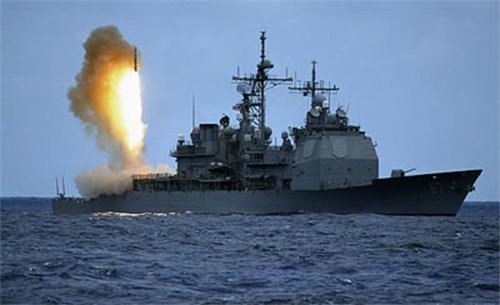
The idea of integrating Patriot missiles onto **Aegis-equipped warships** stems from the evolving nature of modern warfare. With adversaries developing **hypersonic weapons**, low-observable drones, and highly maneuverable ballistic missiles, a single-layer defense system is no longer sufficient. The integration of Patriot missiles offers several strategic advantages:
1. **Enhanced Interception Range**: While Aegis systems already boast impressive range capabilities, combining them with Patriot’s interceptors will significantly broaden the engagement envelope, especially against low-flying threats.
2. **Redundancy and Reliability**: In combat scenarios, having multiple interception systems increases the likelihood of successful engagement and offers back-up if one system fails.
3. **Joint Operations Compatibility**: Many US allies, including Japan, South Korea, Germany, and Saudi Arabia, already operate Patriot systems. Integration aboard Aegis ships will enhance interoperability during joint missions.
4. **Improved Coverage in Littoral Zones**: In shallow or coastal waters where Aegis’ radars might have limitations, Patriots can fill the gap with ground-optimized tracking and targeting capabilities.
### Technical Challenges of Integration
Despite the strategic logic, integrating two sophisticated and distinct systems is no easy task. The **Aegis Combat System** and the **Patriot system** use different radar architectures, command structures, and engagement protocols. Creating a seamless interface between them will require:
– **Advanced fire control software** development.
– A **common operating picture** (COP) to synchronize radar and targeting data.
– Physical modifications to existing **Vertical Launch Systems (VLS)** aboard ships.
– New **sensor fusion algorithms** to manage the data inputs from both systems.
The Department of Defense has reportedly initiated pilot programs and simulation-based research to address these challenges. There is optimism that with AI-assisted command systems and next-generation battle networks like **JADC2 (Joint All-Domain Command and Control)**, the integration will be technically feasible within the next few years.
### Strategic Implications for Global Security
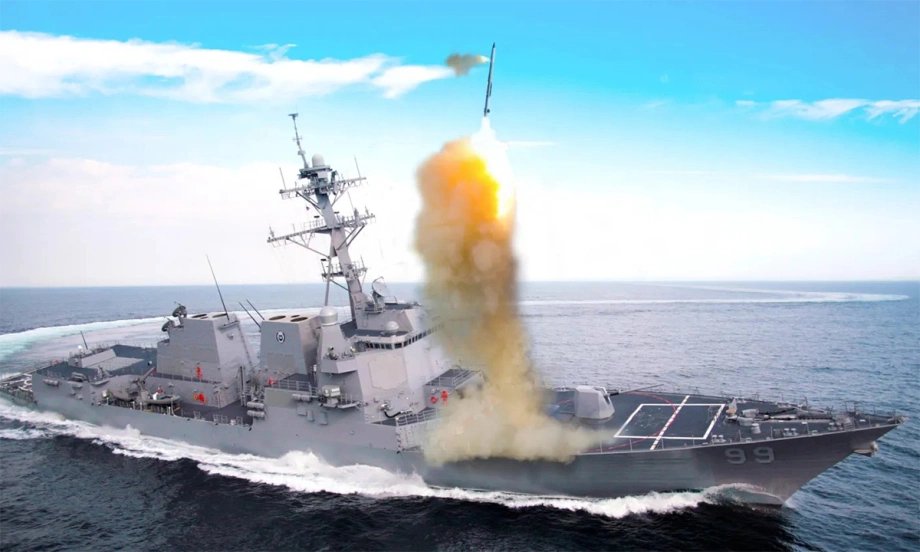
The move to equip Aegis warships with Patriot missiles has far-reaching strategic implications. First, it dramatically raises the bar for naval defense capabilities. US warships will no longer be limited to the Standard Missile family and can now tap into the proven strengths of the Patriot system. This positions the US Navy as a more versatile and lethal force on the high seas.
Second, the integration could deter adversaries who rely on overwhelming US defenses with saturation attacks. With dual-layer systems onboard, these attempts could become significantly less effective, thereby shifting the deterrence equation in America’s favor.
Third, it will enhance America’s **force projection**. Warships equipped with dual systems can be deployed closer to hotspots without as much reliance on ground-based defense units, allowing for more agile and autonomous operations.
### The China and Iran Factors
Two nations in particular will be watching this development very closely: **China and Iran**.
– In the **South China Sea**, China has ramped up its deployment of ballistic and cruise missiles, as well as aerial drones, to assert dominance over contested waters. The US has repeatedly conducted **freedom of navigation operations (FONOPs)** in these regions, often leading to tense standoffs. With enhanced Aegis-Patriot warships, the US can enter these zones with a much stronger defensive posture, sending a clear message of deterrence.
– In the **Middle East**, Iran has made considerable progress in missile technology and drone swarms. US naval forces in the Persian Gulf are routinely threatened by these advancements. The new integrated system will provide an extra layer of protection for vessels transiting these volatile waters, securing vital maritime trade routes.
### NATO and Allied Impact
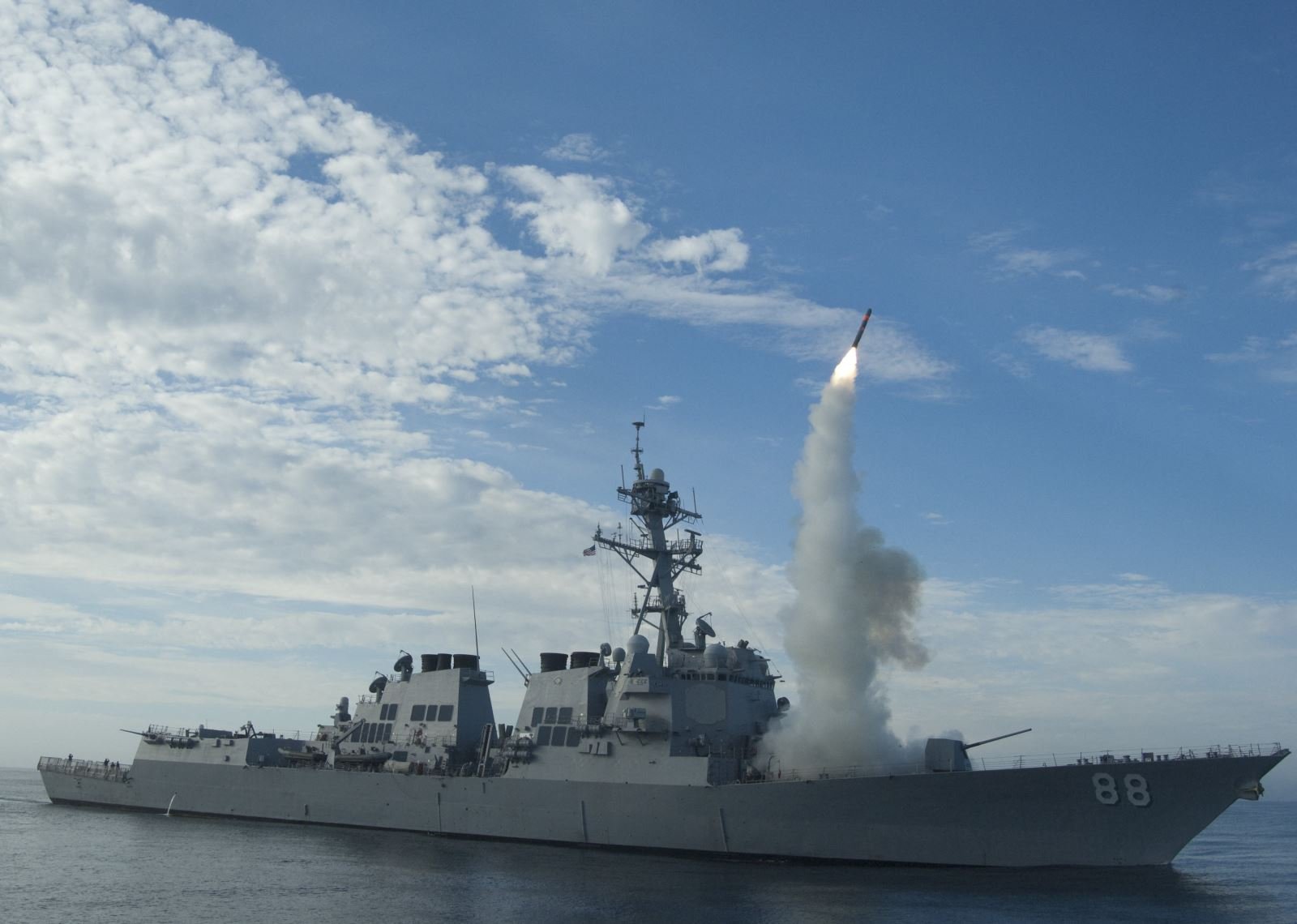
Beyond national defense, this technological convergence will also benefit America’s allies. **NATO forces**, for example, could adopt a similar model to equip their fleets. Countries like **Japan, South Korea, and Australia**—already operating Aegis destroyers—could follow suit by integrating Patriot components, creating a networked shield of Western missile defense across critical theaters.
Moreover, a standardized dual-layer defense architecture could streamline joint training exercises, reduce logistics complexity, and improve collective readiness. The US could even offer integrated Aegis-Patriot upgrades as part of **Foreign Military Sales (FMS)** programs, strengthening defense partnerships worldwide.
### Potential Risks and Criticisms
While the strategic benefits are clear, some experts have voiced concerns about cost, complexity, and escalation. Critics argue:
– **Cost Overruns**: Defense integration projects are historically prone to delays and budget excesses. Skeptics worry that integrating two high-tech systems might become a “money pit.”
– **Cybersecurity Vulnerabilities**: Combining two systems into a unified platform increases the attack surface for potential cyber threats, especially from state-sponsored hackers.
– **Arms Race Acceleration**: Nations like China and Russia might interpret this integration as a provocation, prompting them to invest further in hypersonic or stealth missile technologies to stay ahead.
– **Over-Reliance on Technology**: Critics also warn of a scenario where the US Navy becomes overly dependent on complex systems, making it vulnerable in the event of electronic warfare or jamming attacks.
### The Road Ahead: Timeline and Expectations
As of now, there is no official timeline for full deployment, but defense insiders suggest that **test integrations** could begin as early as **2026**, with operational deployments possibly by **2028 or 2030**. The Department of Defense and Navy contractors are expected to conduct extensive **live-fire testing**, software modeling, and crew training to ensure operational safety and effectiveness.
In the meantime, the US Navy will likely continue upgrading both Aegis and Patriot systems independently, laying the groundwork for seamless fusion in the future. If successful, the project could redefine naval warfare and cement America’s technological edge for decades to come.
### Conclusion: A Pivotal Turning Point
The United States’ plan to equip **Aegis warships with Patriot missile systems** marks a pivotal shift in naval defense doctrine. It represents a blend of adaptability, innovation, and strategic foresight in the face of rapidly evolving threats. If executed successfully, this integration will not only bolster America’s military strength but also serve as a strong deterrent against adversaries seeking to challenge US maritime dominance.
From the Pacific Rim to the Persian Gulf, these upgraded warships will serve as floating fortresses—capable, intelligent, and virtually impenetrable. In an era where precision, speed, and multi-domain synergy define the battlefield, the Aegis-Patriot hybrid could well be the future of global maritime security.
